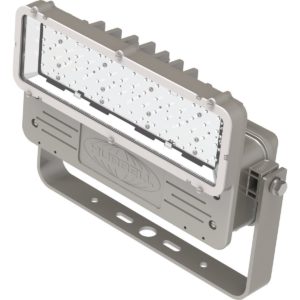Hazardous area LED lighting has several advantages over other types of bulb, such as the ability to run on a lower voltage supply and at a lower temperature, both of which may be preferable around volatile substances.
But in the years ahead, hazardous area LED lighting may develop ‘smart’ features that transform the way companies approach their maintenance schedule.
Industrial LED luminaires are already convenient for use in areas where the lights must frequently be switched on and off, and in locations where relamping is difficult.
But as the ‘Internet of Things’ continues to grow, with more and more objects becoming internet-enabled, industrial LED luminaires may actually be able to report back when they reach the end of their life.
A report from Navigant Research predicts that this, combined with the energy advantages and falling production costs, will see shipments of LED luminaires for outdoor use rise almost fourfold in the coming decade.
From 4.1 million in 2014, the analyst expects around 14 million LED lamps to ship in 2023 for outdoor applications.
“Smart lighting systems can make decisions in real time,” writes Navigant’s Richard Martin, adding that such systems can “detect when an individual lamp burns out and immediately schedule a maintenance crew visit”.
For lamps in hazardous areas, this hands-off approach to maintenance could be particularly welcome, by reducing the need for engineers to enter the area simply to check on the condition of the lighting.





